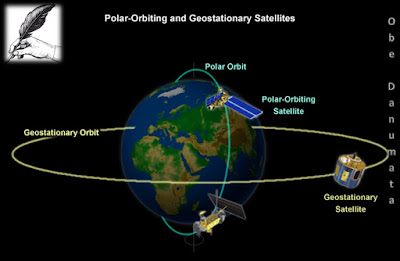What is an Iceberg?
Icebergs
are
huge masses of ice that are part of glaciers and ice shelves and float in the
sea.
They are
found in the waters of the Arctic and the Antarctic region. Icebergs can weigh
millions of
tonnes. Most part of an iceberg is hidden under the surface of the sea and it can
be up to
145
km long. Icebergs can be 120 meters high above water. There could be
another 960
metres under water.
Icebergs pose
dangers to ships. Some icebergs float from the Arctic into the
Atlantic Ocean.
In 1912, the Titanic ship hit an iceberg in the Atlantic and sank
with 1500
people aboard.







Comments
Post a Comment